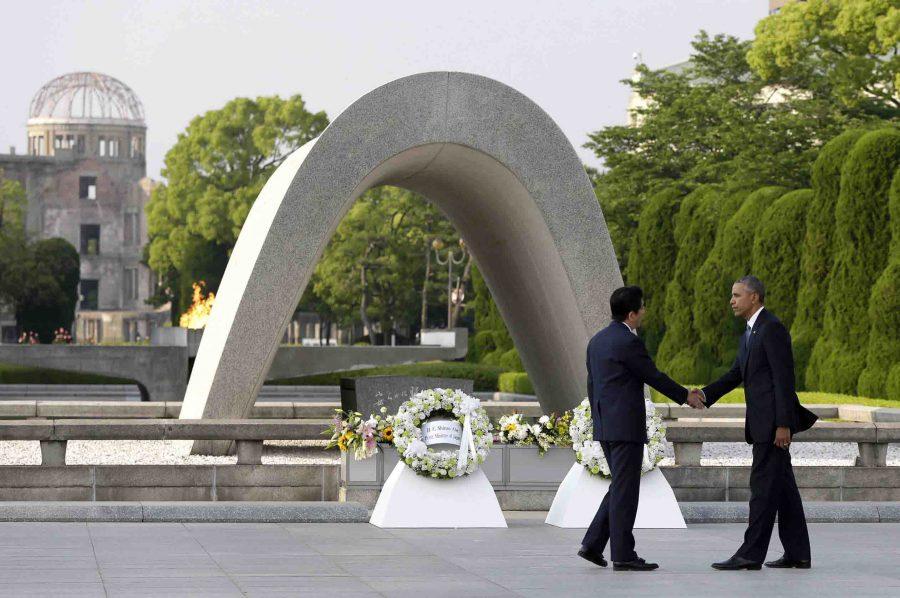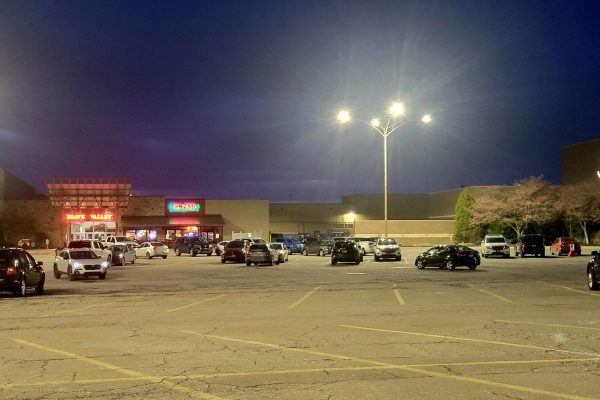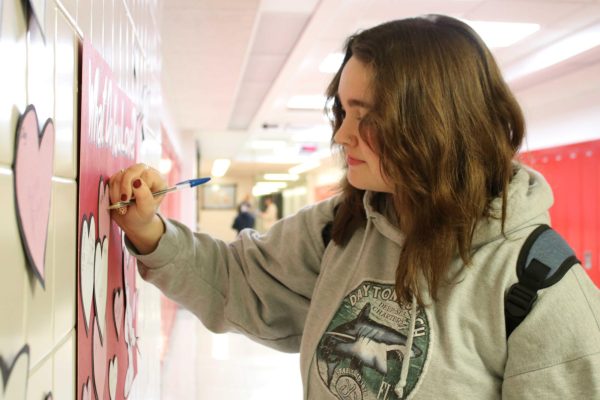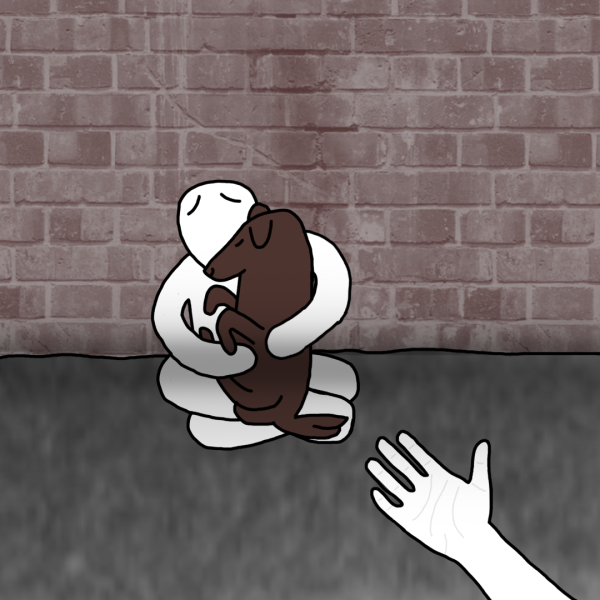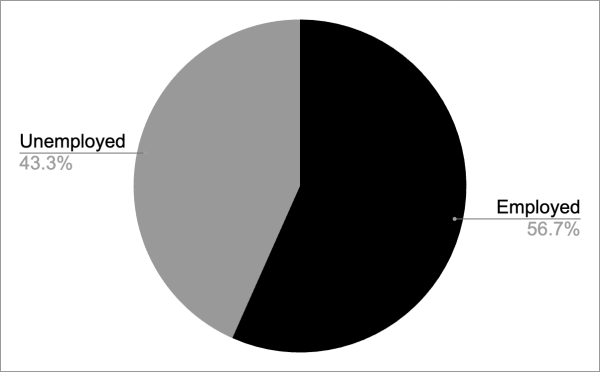Remembering infamy
2016 marks the 75th anniversary of Pearl Harbor
Former President Franklin D. Roosevelt proclaimed in his Declaration of War speech that Dec. 7, 1941 is a “date which will live in infamy.” As of 75 years ago today, 353 Japanese fighter planes attacked the American naval base at Pearl Harbor near Honolulu, Hawaii at 7:55 a.m. Hawaii time. Killing more than 2,400 people, this tragic event marked the commencement of United States’ involvement in World War II.
In addition to the lives lost, about 1,000 people were wounded, more than 300 planes were shot down and almost 20 American ships perished. More than half of the total casualties from the surprise attack on Pearl Harbor were lost on the naval battleship USS Arizona. Hit by a 1,800-pound bomb, the USS Arizona sunk with around 1,000 men trapped inside. Most of the destruction to the ships was caused by an air raid of four Kamikaze bombers.
The day after the bombings, Roosevelt asked Congress for permission to enter World War II. With only one dissenting vote, Congress approved the motion to declare war.
In remembrance of the men who sacrificed their lives to our country, President Dwight D. Eisenhower signed legislation to create a national memorial in 1958. On May 30, 1962, the monument was officially dedicated and open to the public.
Today, the World War II Valor in the Pacific National Monument stands to remind the world of the great devastation and of the lives lost to defend the nation.
Among the 1 million visitors that are attracted to the historical site each year, the memorial will welcome two more important political figures three quarters of a century after the infamous day. President Barack Obama plans to accompany Japanese Prime Minister Shinzo Abe to pay tribute to military personnel from both sides of the Pacific who passed from the attack, making Abe the first Japanese leader to go to the memorial.
“This visit is to comfort the souls of the victims,” Abe expressed to reporters in Tokyo, “We’d like to send messages about the importance of reconciliation [between the two countries].”
They plan to visit the memorial on Dec. 27 to pay their respects.
This trip follows Obama’s visit to Hiroshima with Abe in May. Hiroshima is the site where the United States dropped the first of two atomic bombs to force Japan’s surrender in 1945. The visit made Obama the first president to pay respects to the city while still in office.
In an announcement from the White House press secretary, Josh Earnest, “The two leaders’ visit will showcase the power of reconciliation that has turned former adversaries into the closest of allies, united by common interests and shared values.”
Earnest continued his statement saying, “The meeting will be an opportunity for the two leaders to review our joint efforts over the past four years to strengthen the U.S.-Japan alliance, including our close cooperation on a number of security, economic and global challenges.”
This year the past meets the present with the 75th anniversary of Pearl Harbor, the day that will be forever known as the “date which will live in infamy.”



